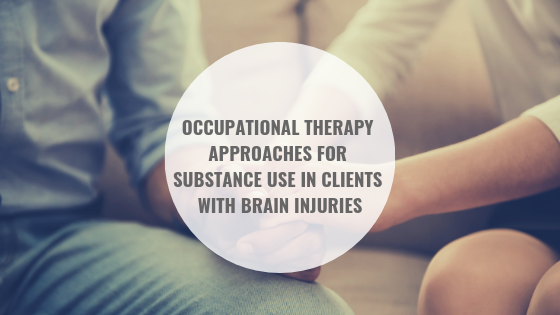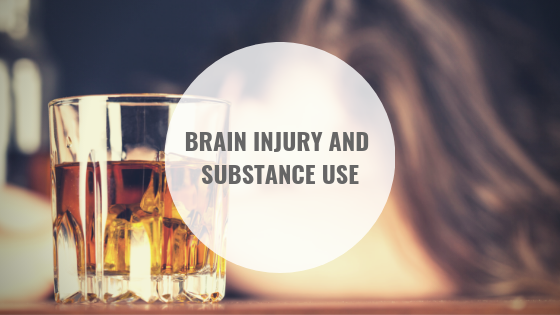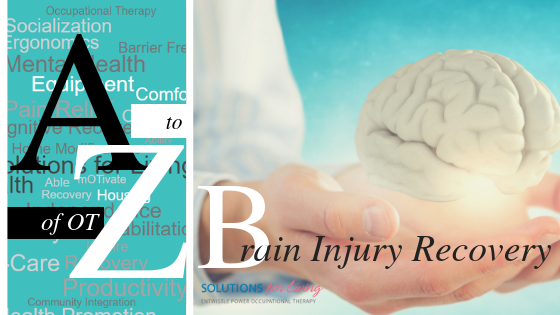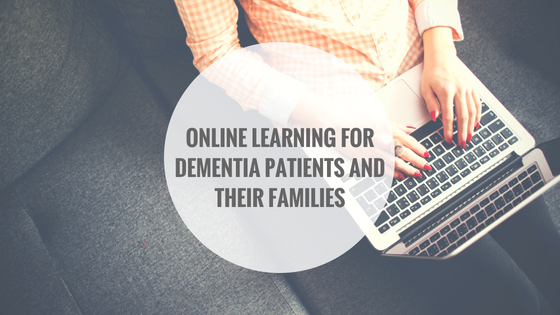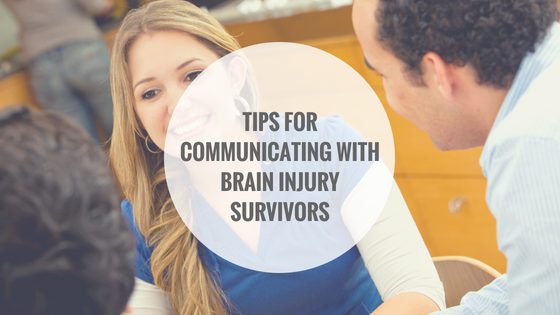Julie Entwistle, MBA, BHSc (OT), BSc (Health / Gerontology)
Co-written by Ashley Best, Student Occupational Therapist
In our previous blog post titled “Brain Injury and Substance Use”, we discussed how the cognitive and emotional changes associated with brain injury can overlap with substance use. But what wasn’t covered was the role of the Occupational Therapist when working with clients who have these challenges. While our role is complex in cases like these, we have tried to simplify how we use function and meaningful activity in combination with direct treatment to address some common themes as outlined below.
1. Harm Reduction
Arguably the most important strategy of any professional working with someone who uses substances is Harm Reduction. An Occupational Therapist can work with a client to better understand the process of using a substance with the same skill used for analyzing other daily activities. By breaking down what a client’s substance use looks like, from the trigger to being under the influence, the OT can identify areas of potential harm or danger. Some common concerns with substance use, and some OT intervention examples are:
It is important to recognize that the above strategies are not meant to encourage substance use but ensure the safety of the client when they are not willing or able to stop. Sometimes just reducing the harm is all we can offer until the harm can be eliminated.
Clinical Example: A man with previous regular alcohol use prior to an accident, now has seizures when he does not have alcohol in his system. Thus, it is actually more harmful to ask this client to not use alcohol. Instead, monitoring the amount he drinks and ensuring he has regular supports at home are two strategies that can reduce the harm that alcohol may cause.
2. Recognizing Substance Use as a Barrier to Goals
The financial, behavioural, and health effects of substance use often negatively impact a client’s ability to reach their goals. An occupational therapist can help a client to understand and hopefully address the gap between substance use and being able/unable to move forward in other areas of life. An OT may also strategize ways to achieve goals despite substance use by planning use around occupations and this, in turn, may help decrease use over time.
Clinical Example: An individual with a brain injury has a goal to return to work but does not have the insight to recognize how using narcotics would impact their success on the job. Thus, helping the client break down the requirements of a job, recognize poor fits, and then implementing strategies to change substance use behaviour so that it doesn’t impact work (in the case that abstaining from use is not an option) could be an intervention focus.
3. Using Activity to Avoid Triggers
Often, substance use is time-consuming between acquiring, using, and coming down from the influence. This becomes a major challenge when people stop using because there is a lot of free time that may lead to boredom and relapse. This is an important place for occupational therapists to intervene by helping the client identify meaningful activities to engage in when they are feeling an urge to use. This could involve interests and values, or just discussing past activities that the client would like to resume.
In the case of someone with a brain injury, more guidance may be required to identify triggers (if the client has low insight what is triggering). In addition, activities that the client can perform may be different following a brain injury, and thus they may need support in finding new meaningful activities to fill the time that was previously taken up with substance use.
What is the take-home message?
As the above indicates, implementing any of these strategies will require the client to exercise a high level of control over their addiction. Thus, an OT can help support and accommodate each client’s unique situation by providing remedial and compensatory strategies to help clients transition from the occupation of substance use, to other, ideally more meaningful and healthy alternatives.

